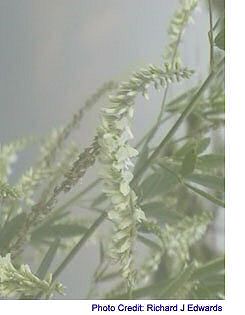

Wildlife and Habitat Management

Erie refuge was established in 1959. The land was purchased with funds provided from the sale of the Migratory Bird Hunting and Conservation Stamps (also known as Duck stamps). A management objective is to provide waterfowl and other migratory birds with nesting, feeding, brooding, and resting habitat. Additional objectives include providing habitat to support a diversity of other wildlife species and enhancing opportunities for wildlife-oriented public recreation and environmental education. Over 2,500 acres of wetlands, including beaver floodings, marshes, swamps, man-made impoundments (shallow ponds), creeks and wet meadows, provide desirable waterfowl habitat.
Adaptive Wildlife and Habitat Management is the process of manipulating habitat, monitoring changes, and determining whether habitat and wildlife goals were achieved.
Refuge staff use a variety of tools to accomplish this management, including:
Manipulation of water levels in impoundments to encourage the growth of wetland plants as food, cover, and shelter for waterfowl and other wildlife.
Prescribed burning to remove all vegetation from an area in a very controlled fire to promote new growth of plants.
Mowing fields to keep those areas in a grassy state.
Periodically cutting large trees to maintain dry areas as shrubland for certain wildlife species.
Removing plants that are invasive and can change the natural processes of an ecosystem.
Restoring degraded habitat by planting new trees, shrubs, or grasses, or allowing native plants to regenerate.
Using only native plants (plants that thrived in this area before Europeans arrived).
Monitoring and surveying wildlife populations.
Maintaining processes of naturally occurring habitats (streams, shrub swamps, marshes ).
As more information becomes available, refuge staff adjust their management techniques. In this way, staff can provide high quality stewardship of refuge lands.
welcome | visitor opportunities | refuge management | wildlife | bird viewing area
refuge maps & virtual tour | federal lands passes | contact info | home
U.S. Fish and Wildlife Service